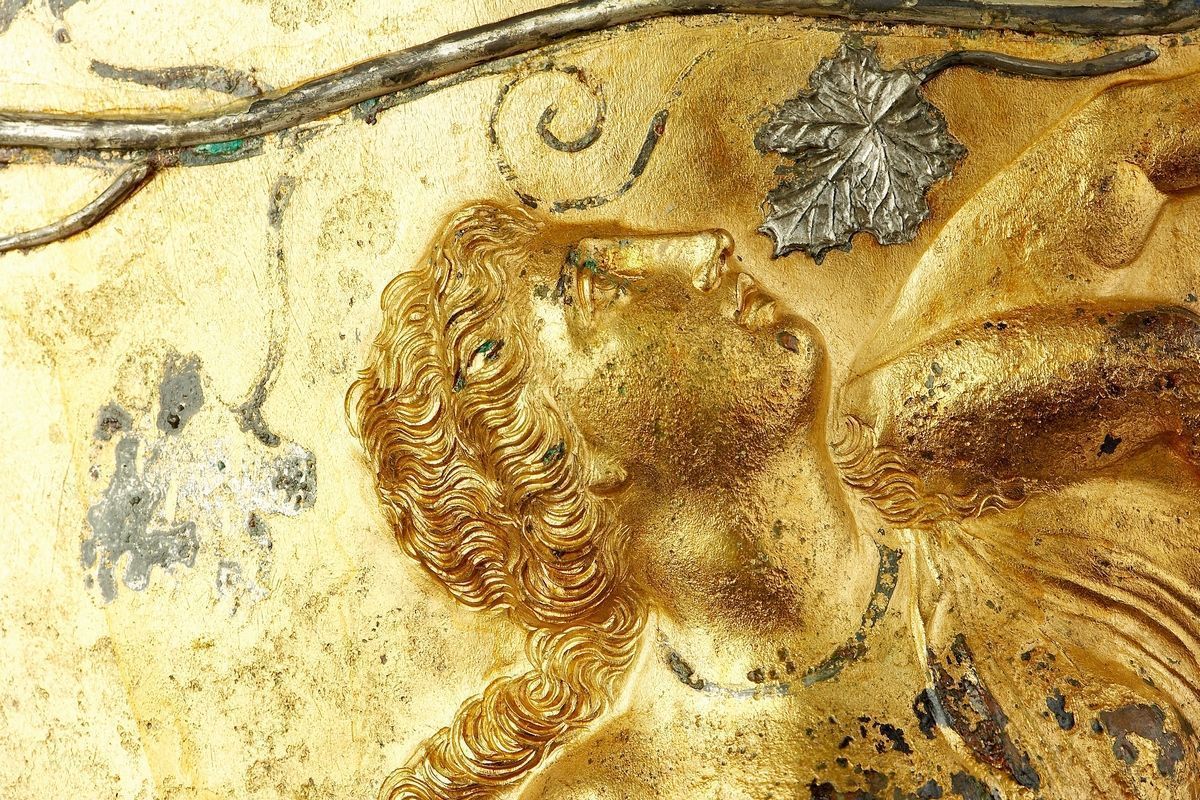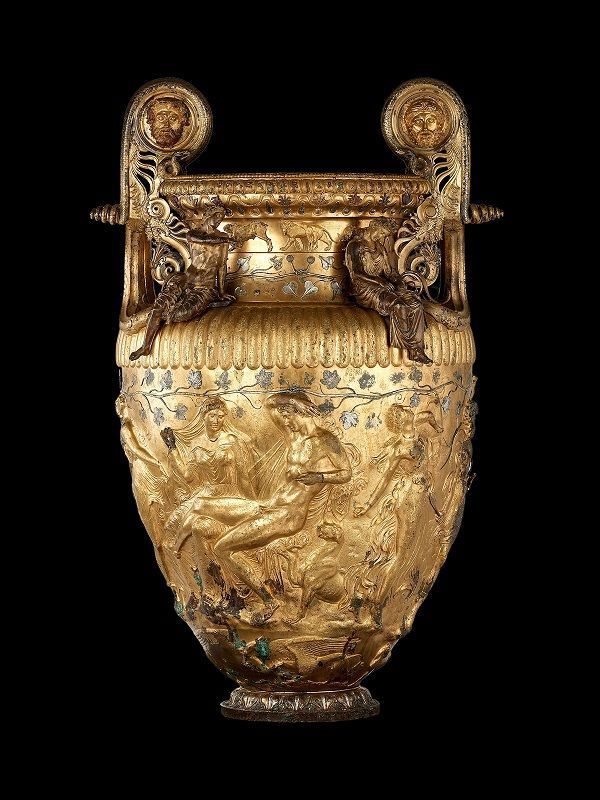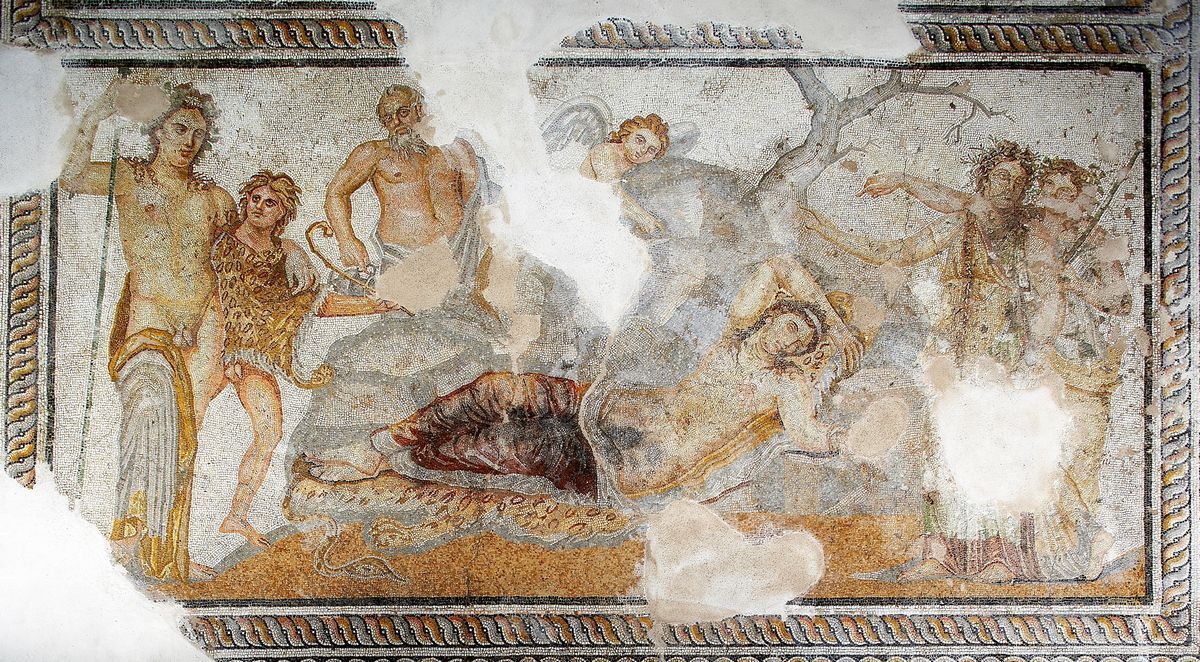Thessaloniki Archaeological Museum Joins Iter Vitis European Cultural Route

Detail from the Dervenius Crater housed at the archaeological museum of Thessaloniki. Photo source: Culture Ministry.
The Archaeological Museum of Thessaloniki has joined the Council of Europe’s Iter Vitis Cultural Route, a network of cities, sites and institutions that promote the history and culture of winemaking in Europe.
The Greek museum officially joined the Iter Vitis cultural route earlier this month following a coordinated action plan created by its General Director Dr. Anastasia Gadolou and the International and EU Relations Directorate of Greece’s Culture Ministry.
According to the ministry, the museum of Thessaloniki joined the particular cultural route since its collections include important finds from the ancient Kingdom of Macedonia that reflect the importance of wine production and consumption in the area.
The findings include the famous Crater of Dervenius, a 4th-century BC wine vessel decorated with a scene of Dionysus, the god of wine; and a mosaic floor from an opulent private house in Thessaloniki dating to the first half of the 3rd century AD depicting Dionysus arriving on the island of Naxos accompanied by his entourage.
The culture of the vine, winemaking and viticultural landscapes are an important part of European and Mediterranean food culture.

The Dervenius Crater housed at the archaeological museum of Thessaloniki. Photo source: Culture Ministry.
Since the domestication of the vine, several thousand years BC, its evolution and spread has been considered a great human achievement, which shaped Europe’s landscapes, both in terms of its territory and its people. One of the main tasks of the Cultural Itinerary Iter Vitis, which launched in 2006, is undoubtedly the enhancement, development and promotion of all points of interest.
The Cultural Routes Program was launched in 1987 by the Council of Europe, a pan-European organization that promotes human rights, democracy, and the rule of law.
The organization aims to foster the rediscovery of the European cultural community and link local identities with the European collective identity, as it has evolved through time. Furthermore, the program strengthens cultural tourism in numerous well-known and lesser-known locations across Europe, supporting mobility and education.
According to the Greek Culture Ministry, the inclusion of Thessaloniki’s archaeological museum is a significant boost for the Iter Vitis route, as it is one of the most important museums in Greece. The museum’s participation is expected to attract new visitors from Greece and around the world, and help to promote the cultural heritage of winemaking in Europe.





